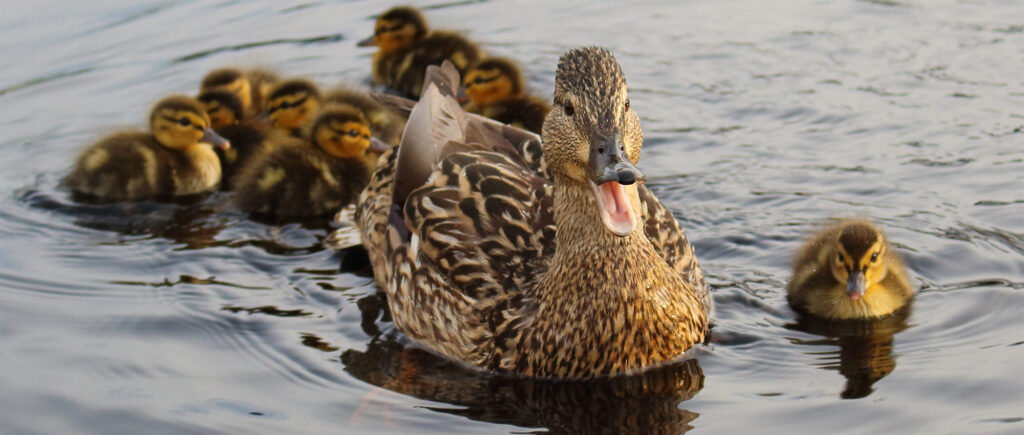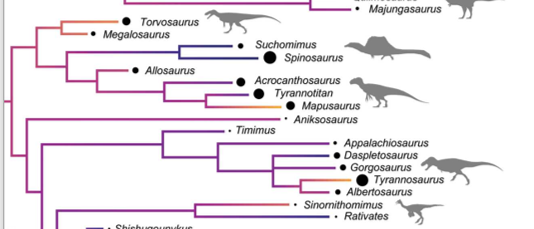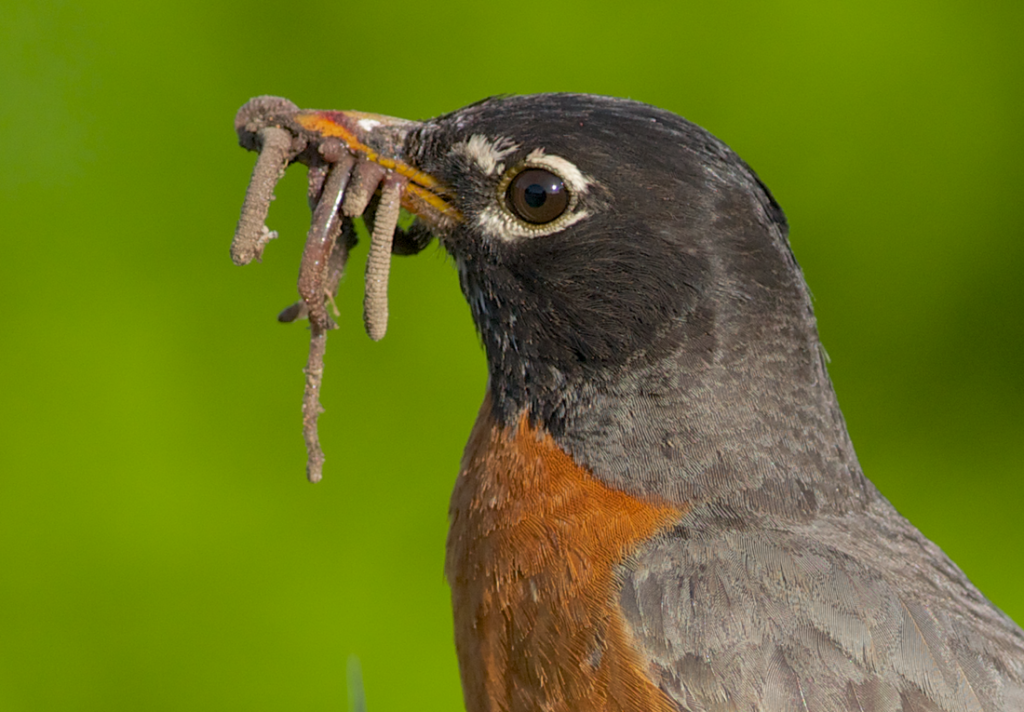As spring nears, we anticipate the return of migratory birds. Owls are already starting to nest in our area in late February, hoping to have hungry owlets when the rodents return from hibernation. While we all admire birds for their beauty and capacity for flight, we should also take a moment to share a sense of wonder regarding how fast their young develop in spring.

The small songbirds in our area incubate eggs that hatch into completely helpless chicks that do little more than eat and cannot move around on their own, termed “altricial” in biological jargon. And they certainly do eat! Many species will develop full adult bone length in 12 days or less. They will still need to add muscle, fat, and feathers, but the body dimensions that are defined by bone are already established in such a short time. This explosive growth is why feeding songbird hatchlings is a fulltime job for both mother and father.

Birds that hatch ready to move around and feed on their own are termed “precocial,” such as ducks and chickens. These hatchlings are ready to follow their mother and eat what she leads them to. They develop more slowly than songbirds, but still at an impressive rate. Most brand-name chickens you find at the grocery are seven weeks old, which is a short time to achieve a gutted and cleaned weight of about five pounds.
A high rate of growth maintained for a short time (songbirds) and a lower rate of growth maintained over a longer period (chickens and ducks) represent different developmental strategies. Nonetheless, the “lower” rates of growth in birds are still very high: An ostrich achieves its full adult bone length in about a year, and will weigh 300 pounds in a year and a half.

Most readers of this blog already know that birds are an evolutionary branch of dinosaurs. It is logical to ask if these gigantic reptiles also grew rapidly. Fortunately for science, dinosaurs have growth rings in their bones like tree rings that allow us to count how many years old they were when they died. Slices through fossilized leg bones permit age estimates, while the dimensions of the leg bone allow us to estimate body mass. With specimens of different ages, we can calculate growth rates. Although the math can get fuzzy, the results are impressive. According to some calculations, the long-necked Apatosaurus may have achieved full body size of about 25 tons in as little as 15 years (other estimates extend the growth phase longer).
A recent team of researchers used 80 fossils of 42 species of dinosaurs from the lineage that includes birds, the therapods, to derive accurate measures of growth rates. Many of the species are familiar to a dinosaur-loving public audience, such as Tyrannosaurus, Allosaurus, Spinosaurus, and Deinonychus. The lower annual growth rates are about 60%, a multiplier of 1.6 per year (for comparison, wild horses in western North America grow at a rate of about 1.2 per year.) This would describe a schedule such as from 100 pounds, to 160 pounds the next year, to 256 pounds the following year, to 410, and so forth. Other rates are as high as 200% per year, a multiplier of three: 100 pounds to 300 pounds to 900 pounds to 2,700 pounds.

By including information regarding the evolutionary relationships of the species (the phylogeny), the authors also estimated the change in growth rates in different lineages. The beloved T. rex grew about four times as fast as the estimates for its ancestors and relatives, and that burst of growth also lasted longer than for relatives. They grew to very large size quickly compared to other close relatives. Thus, a hatchling probably about the size of a housecat would achieve a maximum size between six and nine tons in a couple of decades. Indeed, the oldest specimen of T. rex known, the famous “Sue,” is only about 28 years old.
Strangely, the line leading to birds is initially represented by a truncation in the rapid growth phase, corresponding to the smaller body size of birds than their relatives. Was small body size favored for the development of flight? In birds, the association between growth rate and body size is decoupled, with the small birds developing the fastest. And this brings us back to those songbird chicks in the nest, begging for food.

Scientific paper on therapod development: Michael D. D’Emic, et al., 2023. Developmental strategies underlying gigantism and miniaturization in non-avialian therapod dinosaurs. Science 379: 811-814. Science.org/doi/10.1126/science.adc8714

